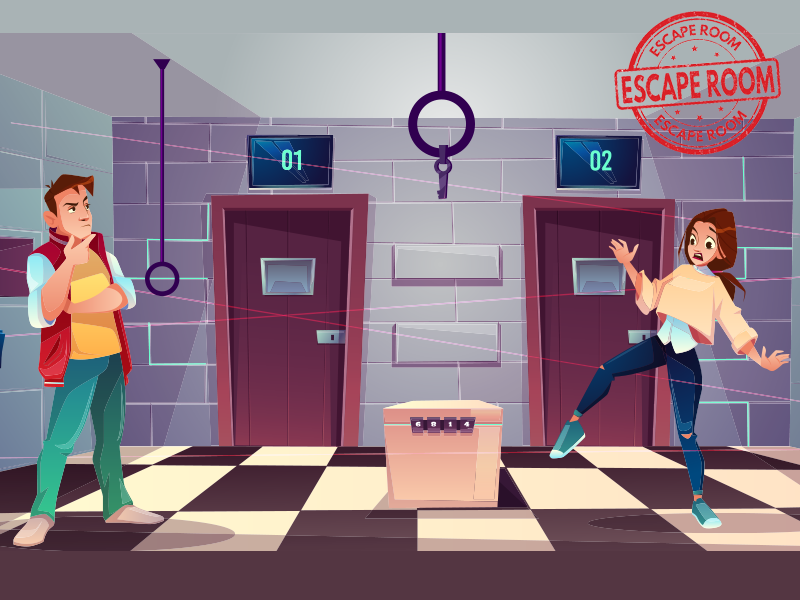In today’s world, where digital technologies are deeply embedded in our daily lives, gamification has sparked a true revolution in how businesses connect with their audiences — from customers to employees. By adding game-like elements into everyday processes, companies have learned how to grab attention, encourage learning, and boost motivation. In this article, we’ll look at real-life examples of gamification across different industries — and how it’s truly making a difference.
Gamification in Education: When Learning Feels Like a Game
The education system has been the same for many years. Students often feel bored or unmotivated. But now, gamification is changing things. One great example is Duolingo — a fun way to learn new languages. It doesn’t feel like a classroom. It feels more like playing a game.
In Duolingo, you earn points when you get answers right. You also move through levels, just like in video games. As you go further, you unlock rewards like badges and streaks. These small wins make people feel proud and excited to keep learning.
This kind of learning is more than just useful — it’s fun. It turns something that feels like a chore into something enjoyable. People don’t use Duolingo just because they need to. They come back because they want to.
Teachers and schools are starting to notice this. They are adding points, badges, and even small competitions into class activities. This keeps students focused and more interested. Learning becomes a game, and games make people curious and motivated.
Gamification is helping people learn faster, remember more, and have a better time doing it. It’s one of the best changes in education in a long time.
Gamification in Marketing: More Than Just Discounts
In marketing, gamification acts like a magnet. One of the best-known examples is Starbucks Rewards. Customers collect “stars” with every purchase, which they can redeem for free drinks or food. But the real power lies not in the perks — it’s in how the system builds habits and encourages loyalty.
Here’s why companies are integrating gamification into their marketing strategies:
- It creates ongoing engagement with the brand.
- It builds customer habits through positive reinforcement.
- It triggers emotions — competition, achievement, excitement.
Gamification in Employee Training: Practical and Engaging
Large companies like Walmart are actively using gamification in their employee training. Their training sessions aren’t boring lectures — they’re simulations where employees go through real-life work scenarios. This allows them to:
- Learn in a safe, risk-free environment.
- Experience the outcomes of decisions virtually.
- Gain hands-on experience instead of just theory.
Gamification in Healthcare: Making Wellness More Fun
The healthcare industry is also embracing gamification. Apps like MyFitnessPal help users track nutrition and exercise in a game-like way. Everything revolves around simple game elements:
| Game Element | How It Works | User Impact |
| Points | Earned for every healthy action (e.g., logging food, exercising) | Creates a sense of achievement |
| Badges | Awarded for reaching health goals | Promotes pride and social sharing |
| Levels | Progress based on consistent effort | Encourages long-term commitment |
As a result, people stick to healthier habits not because they “should,” but because they’re actually enjoying the process.
Gamification in Customer Support: Happier Agents, Happier Customers
Even customer support departments are tapping into the power of gamification. For example, Help Scout rewards support agents for quick and effective responses. This improves both service quality and team morale. Here’s how it helps:
- Agents are motivated to compete in a healthy way.
- Recognition and bonuses create a positive culture.
- Happy agents lead to happier, more loyal customers.
Conclusion: Gamification Is All About People
Gamification isn’t just about games — it’s about people, their emotions, motivation, and engagement. When applied effectively, gamification:
- Makes processes more exciting and dynamic
- Builds strong, lasting habits
- Boosts effectiveness across industries — from education to marketing
Given its versatility and real-world impact, gamification continues to expand across new industries. And most importantly — it works.








